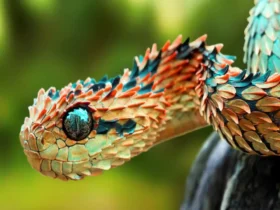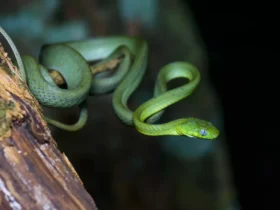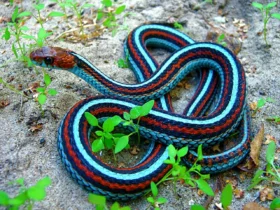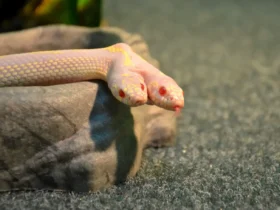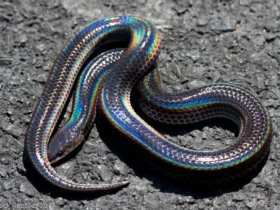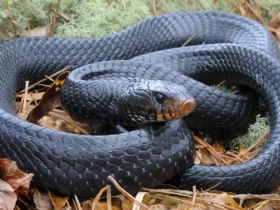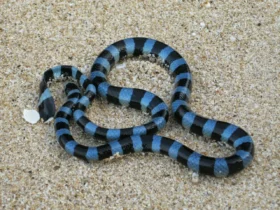In the enchanting world of reptiles, few creatures captivate the imagination quite like the Eyelash Viper (Bothriechis schlegelii). This striking serpent, known for its vibrant colors and unique physical features, is a mesmerizing species found in the rainforests of Central and South America. While it may be small in size, the Eyelash Viper’s beauty and adaptability make it a remarkable creature worth exploring.
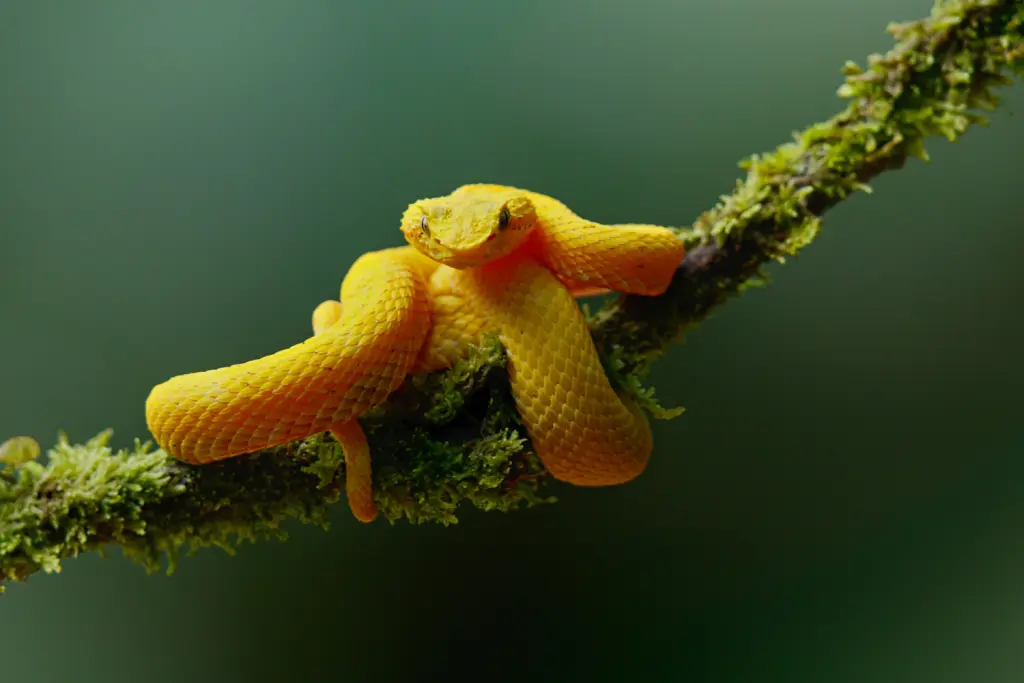
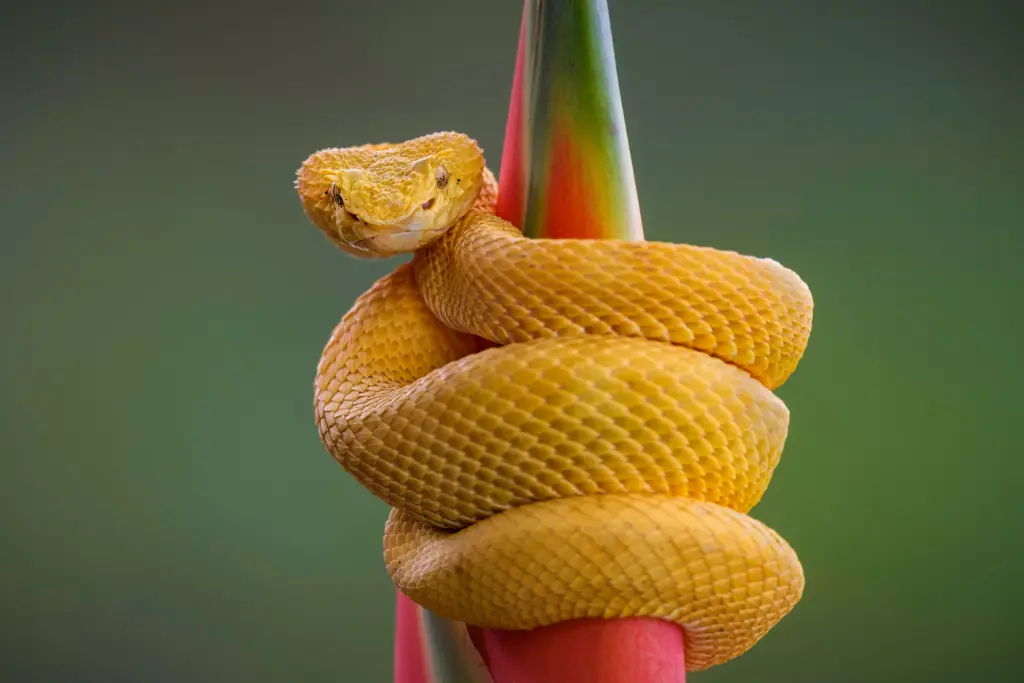
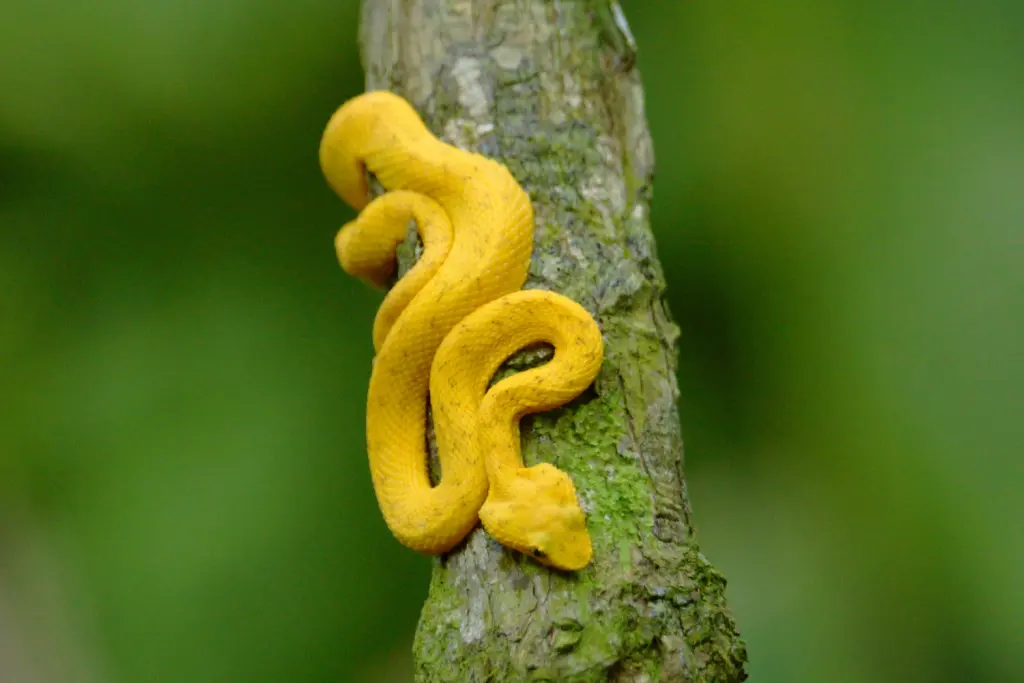
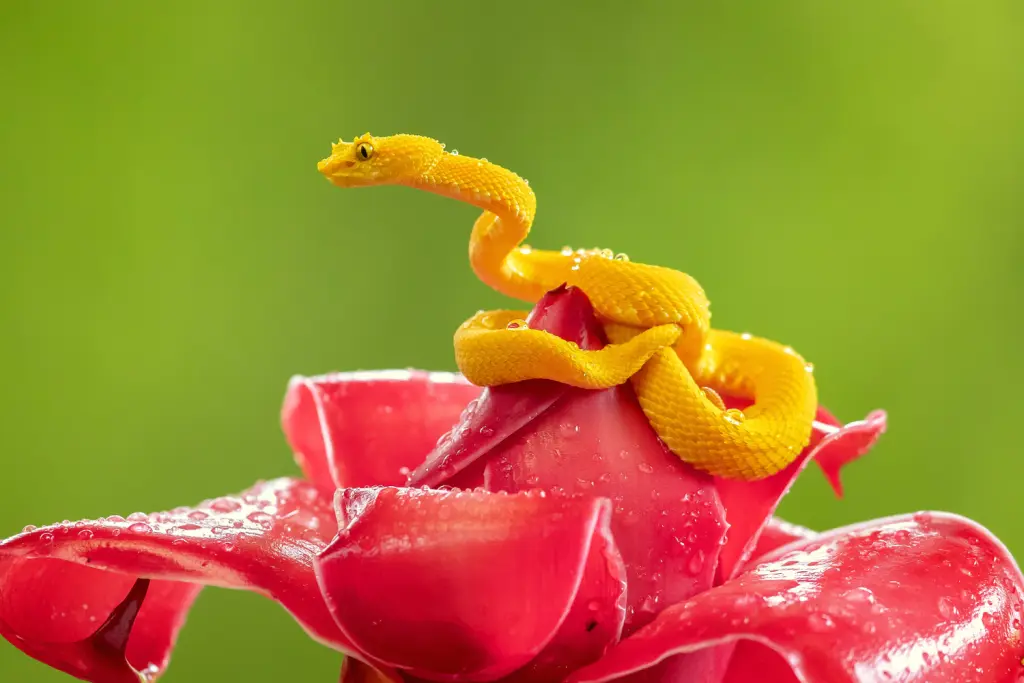
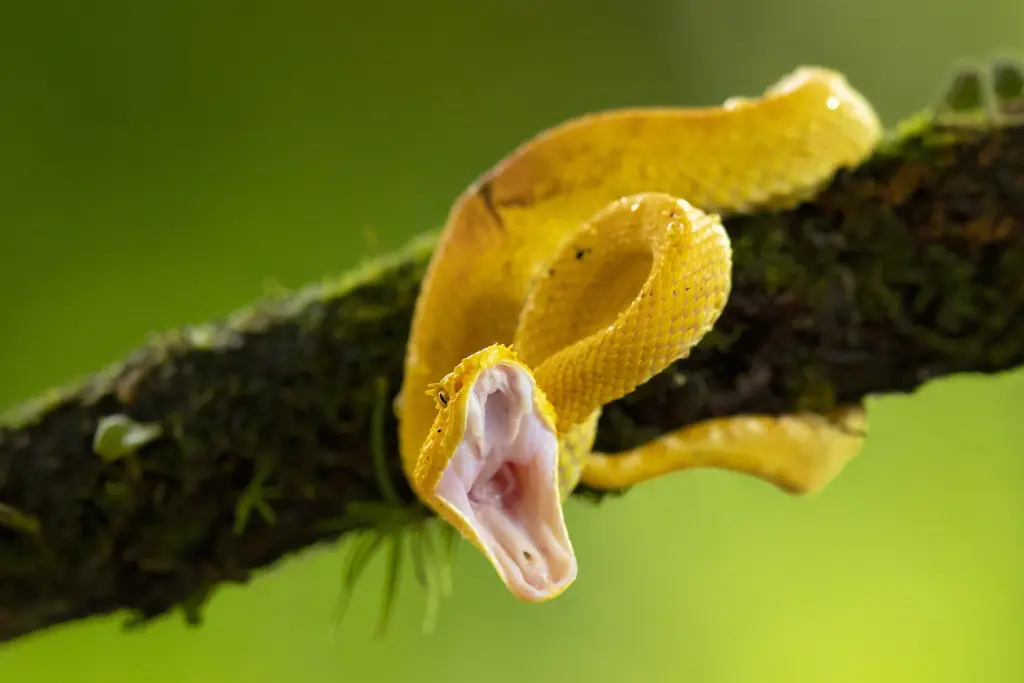
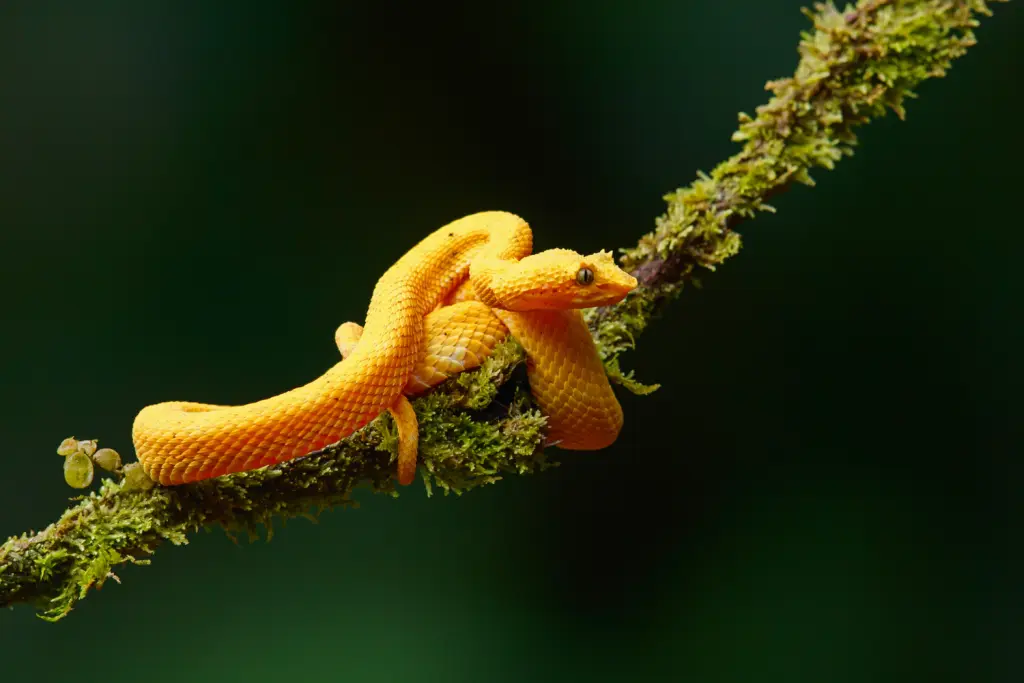
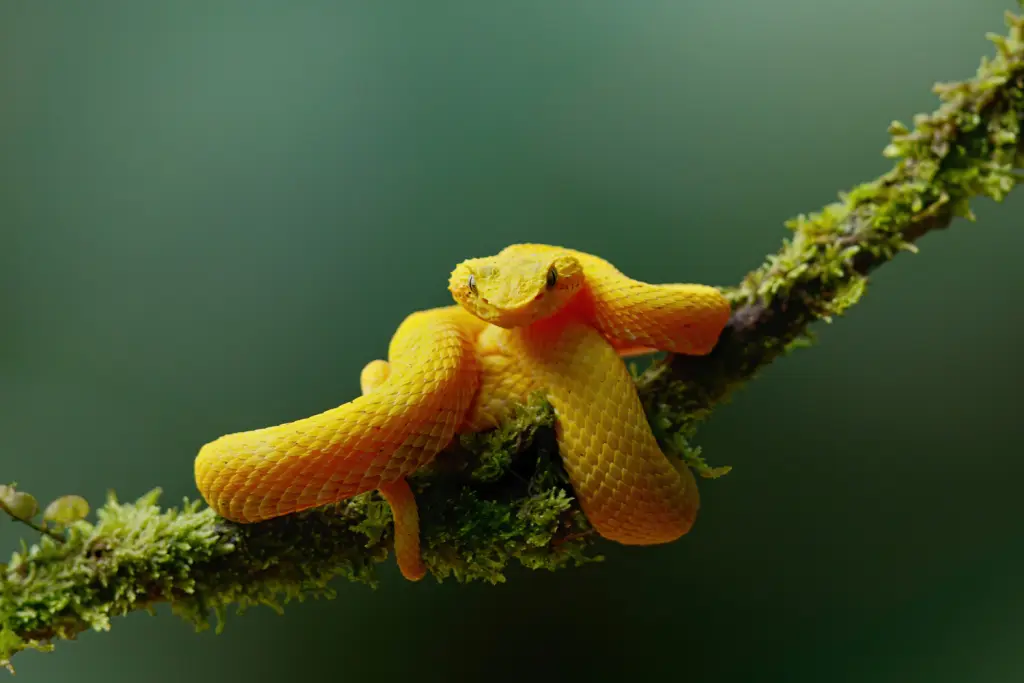
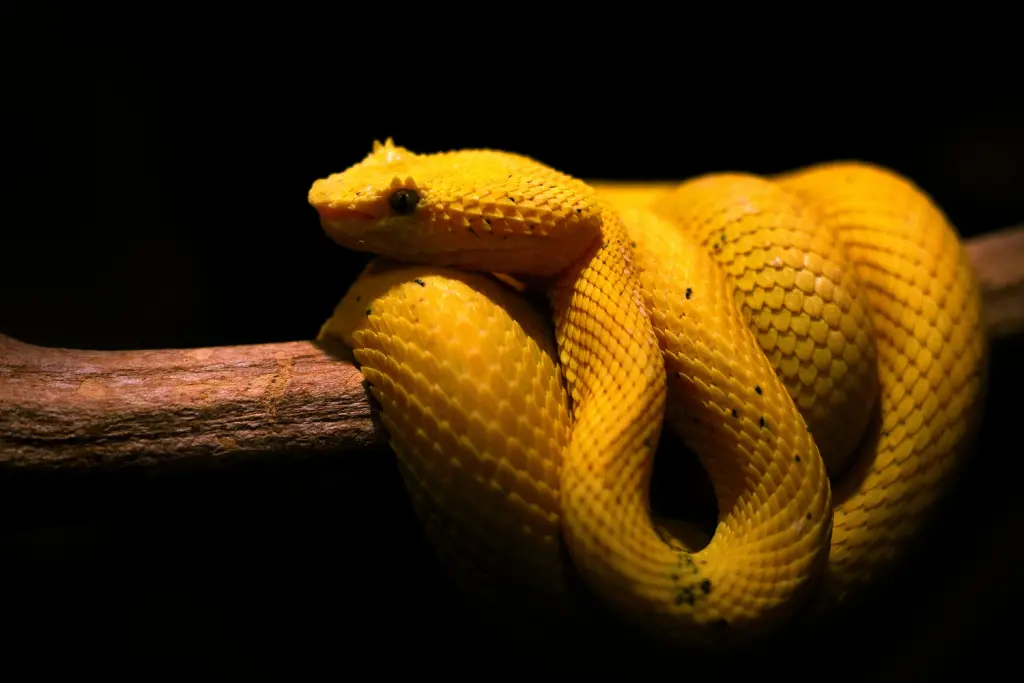
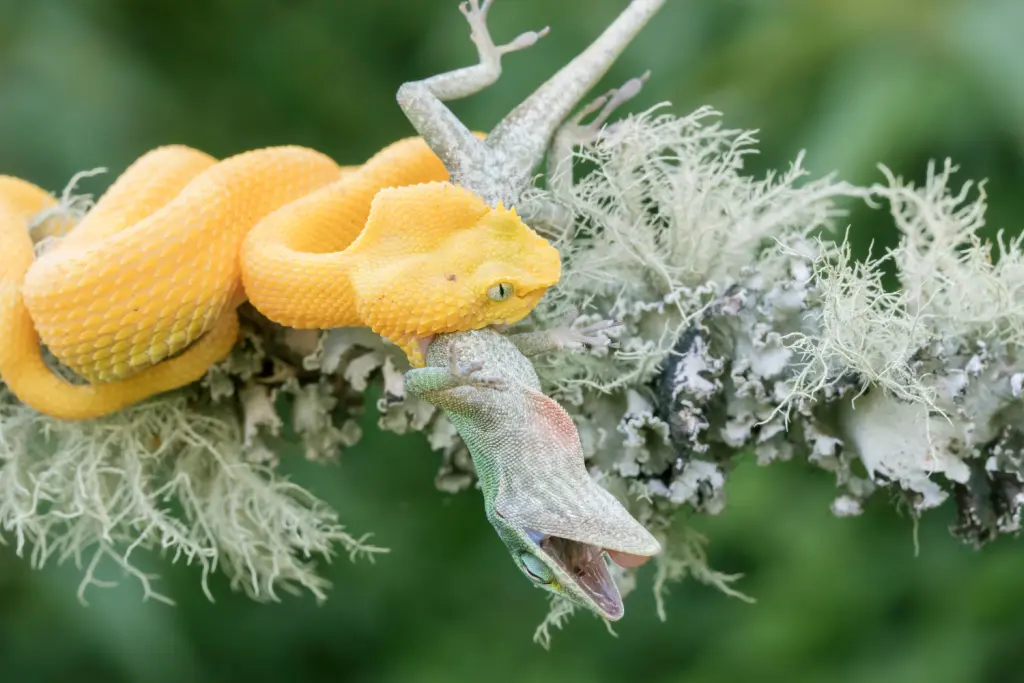
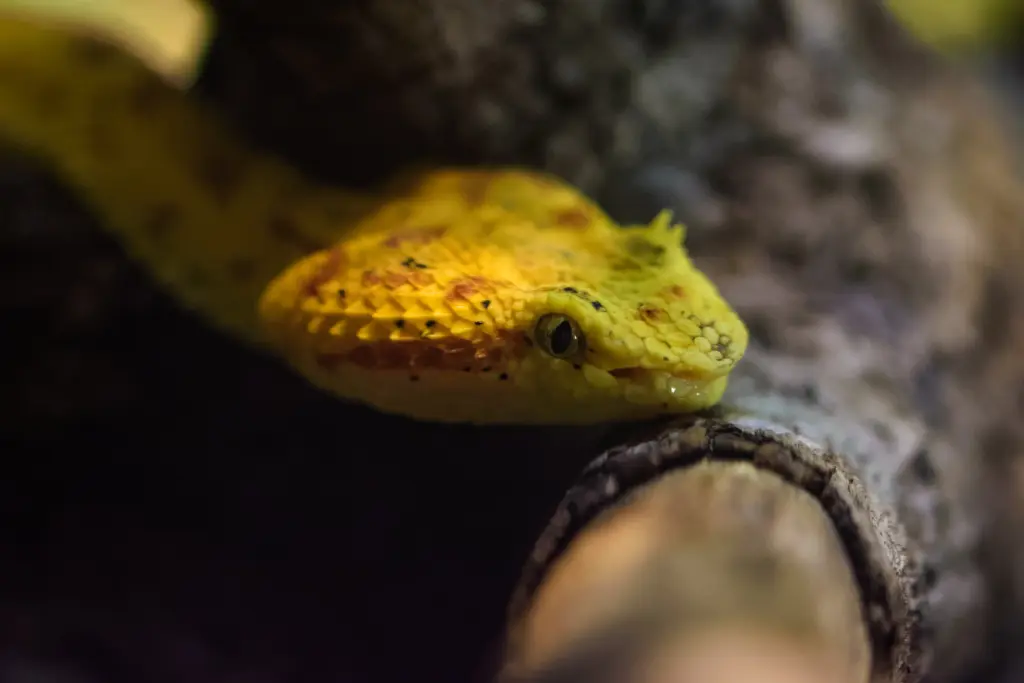
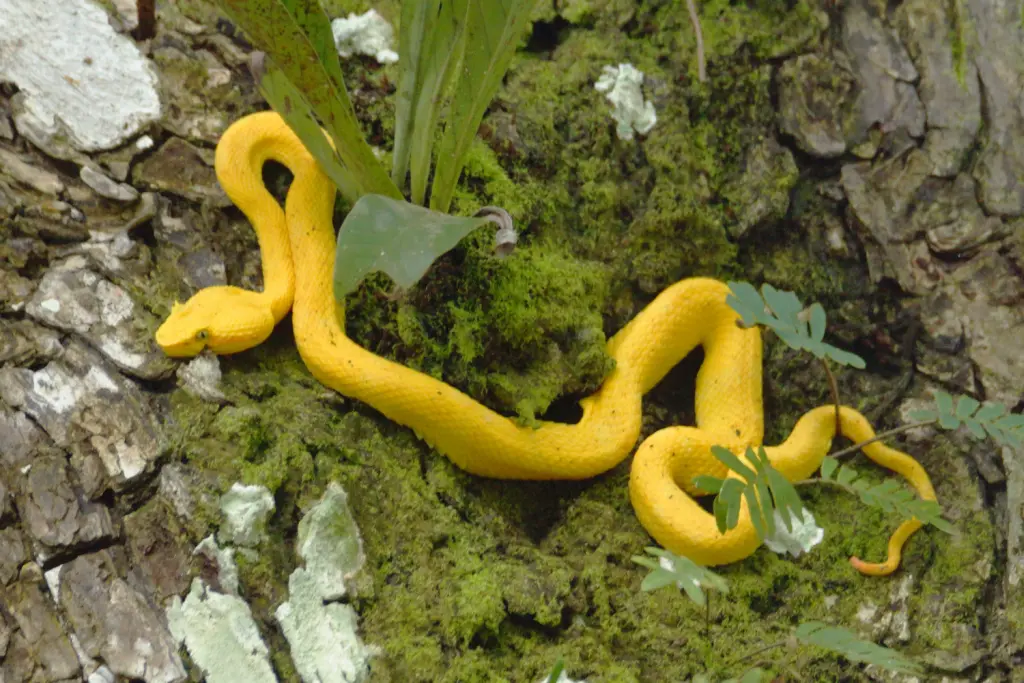
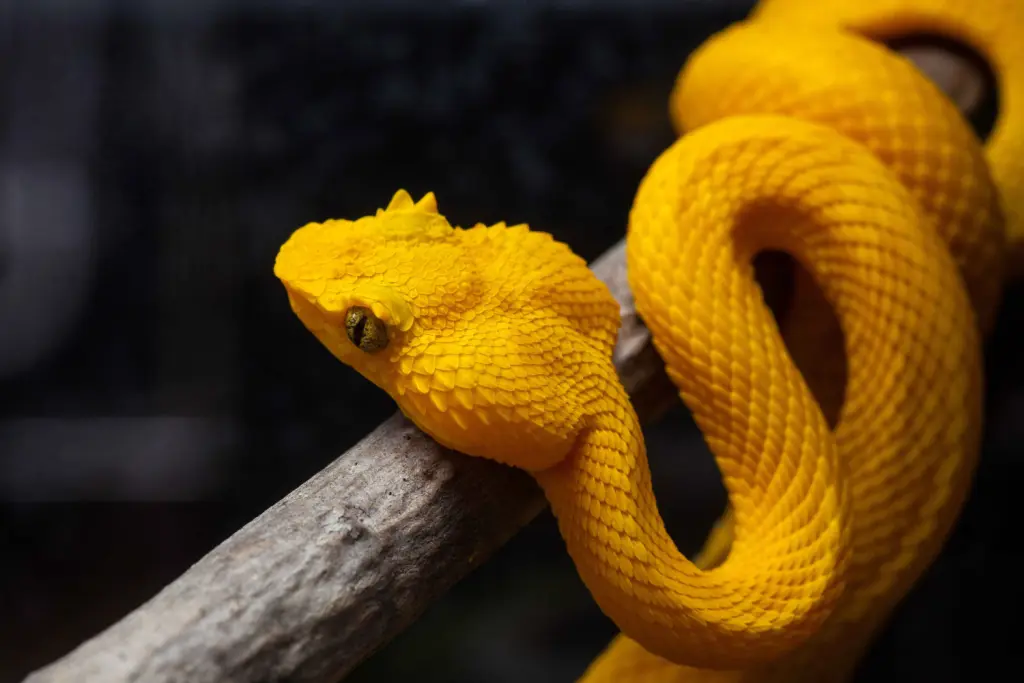
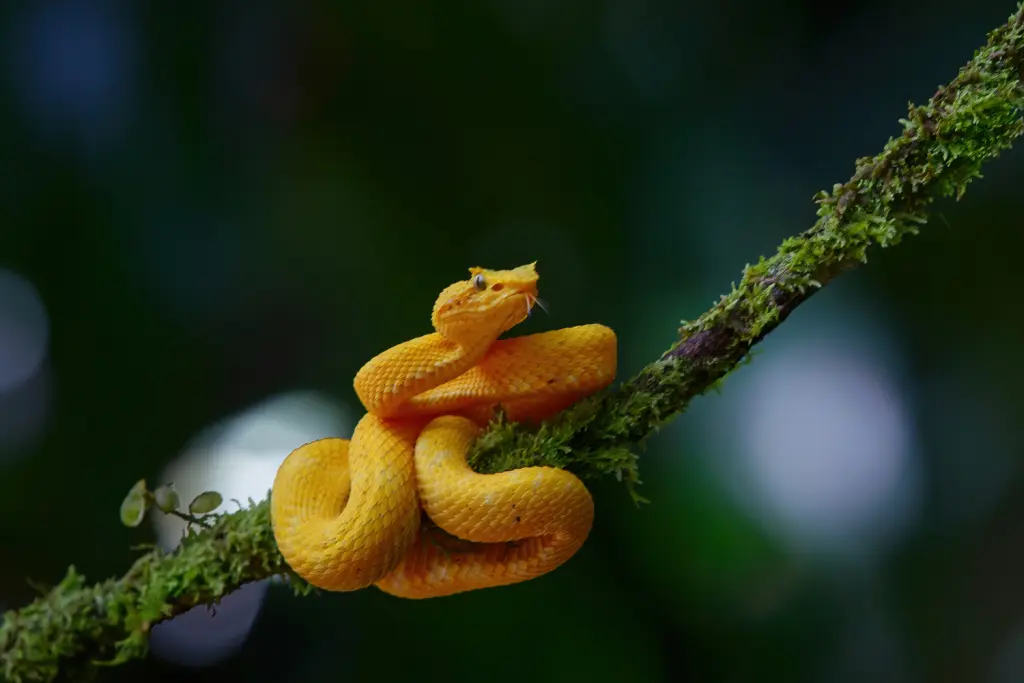
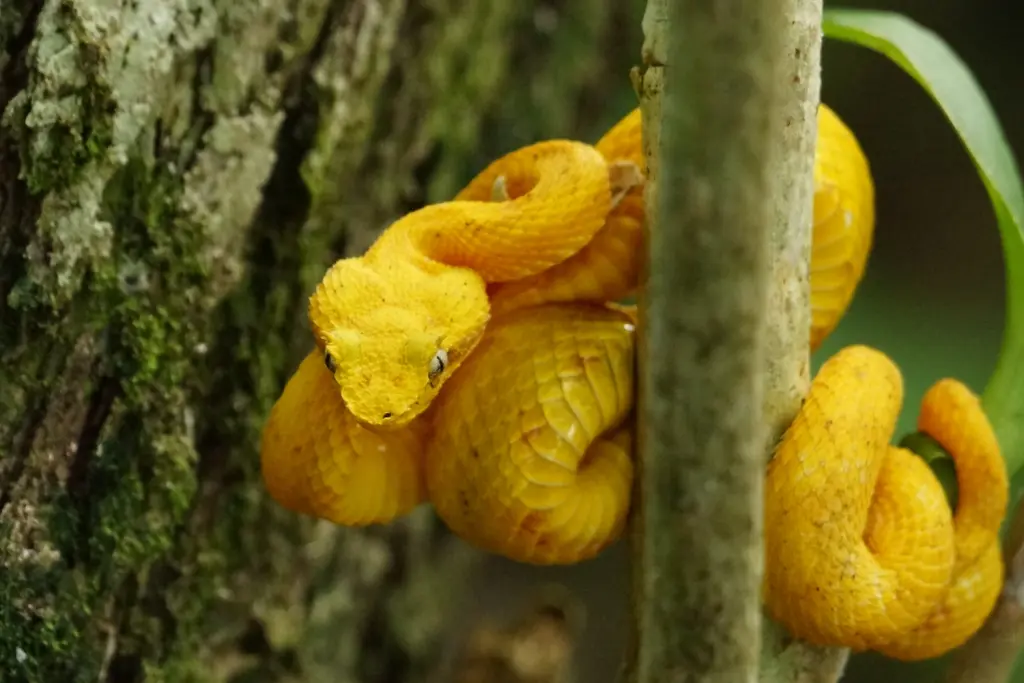
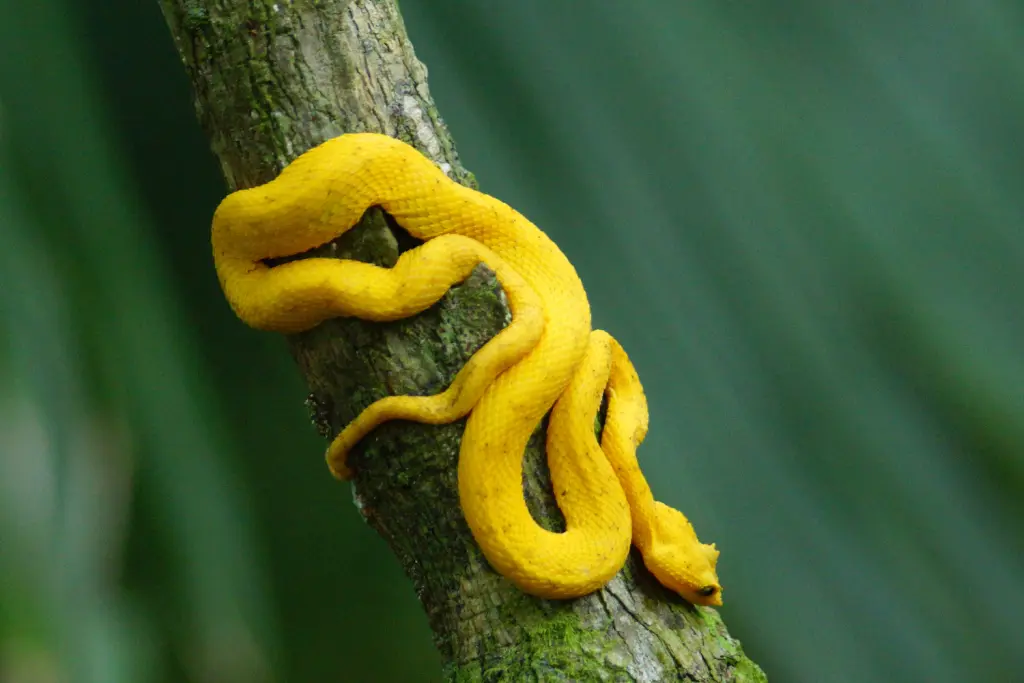
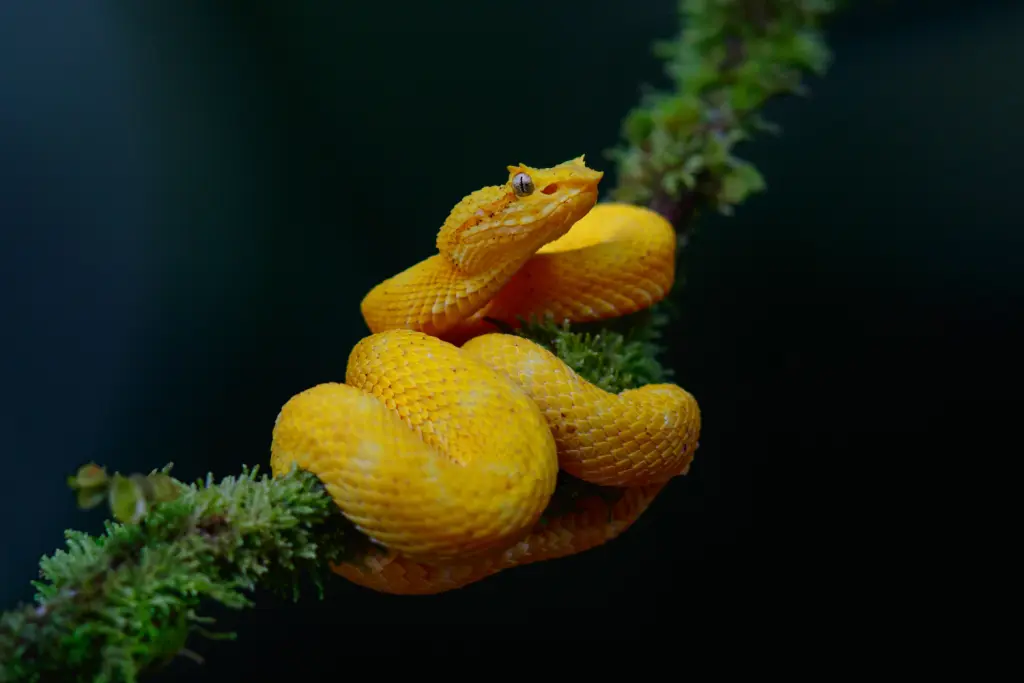
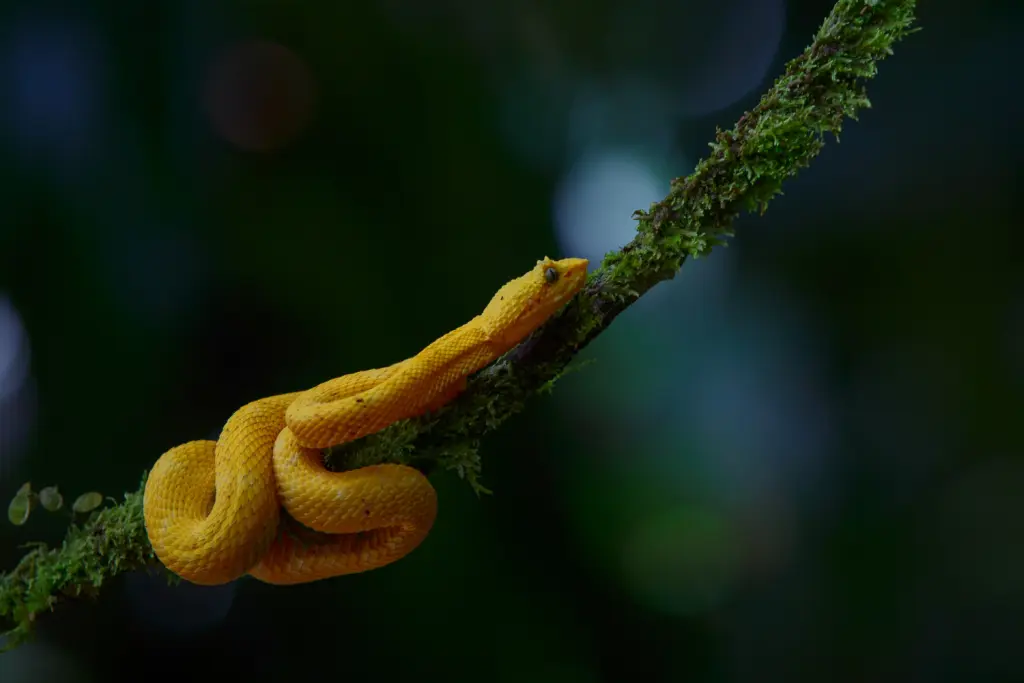
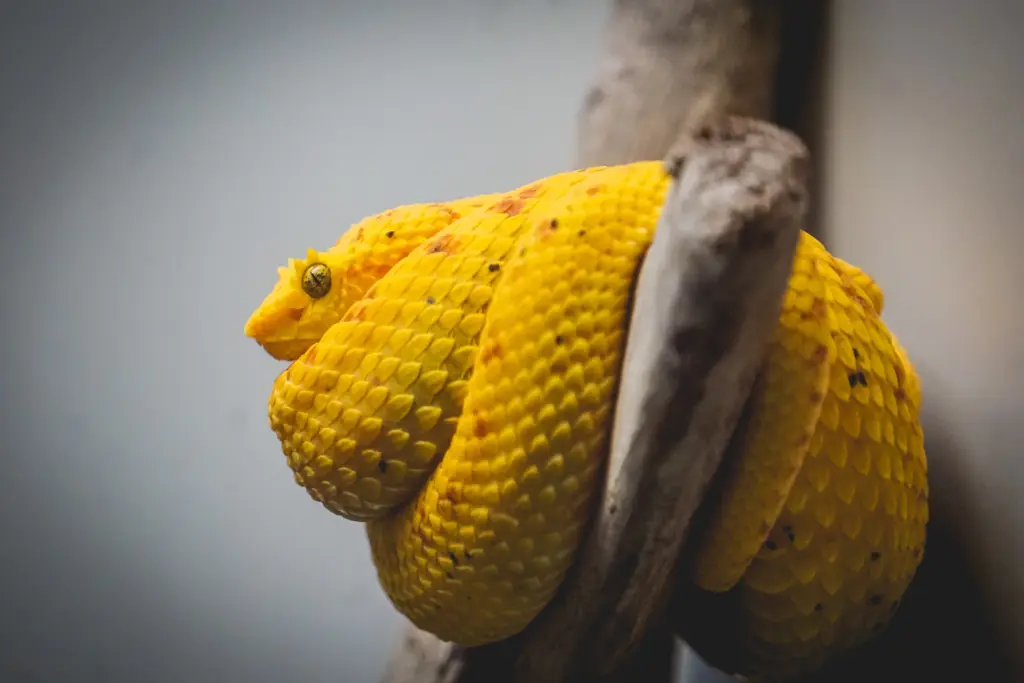
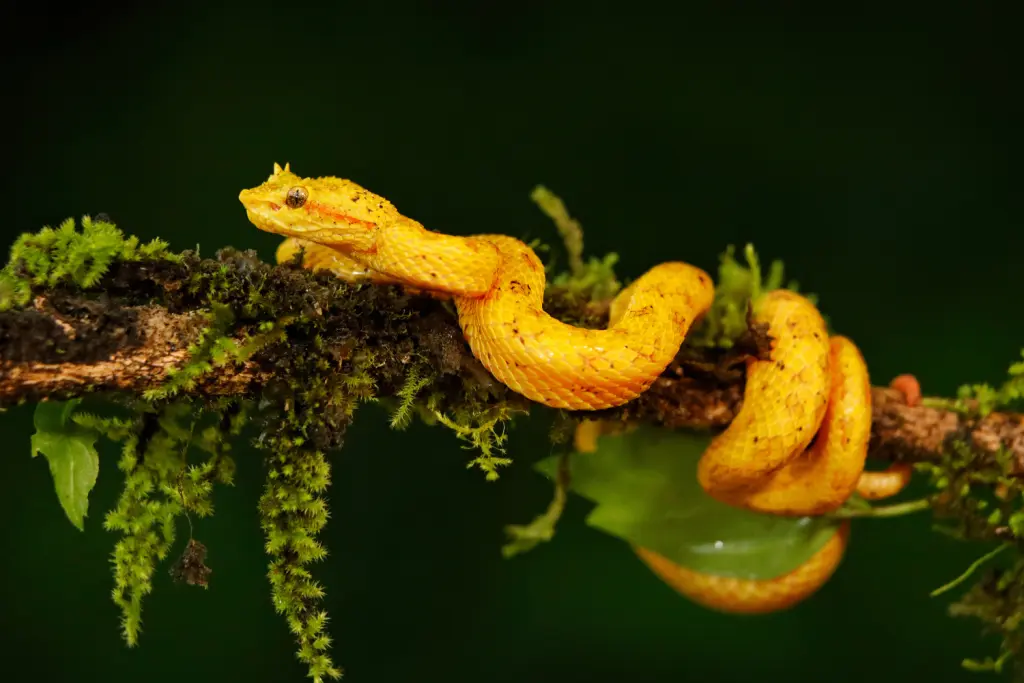
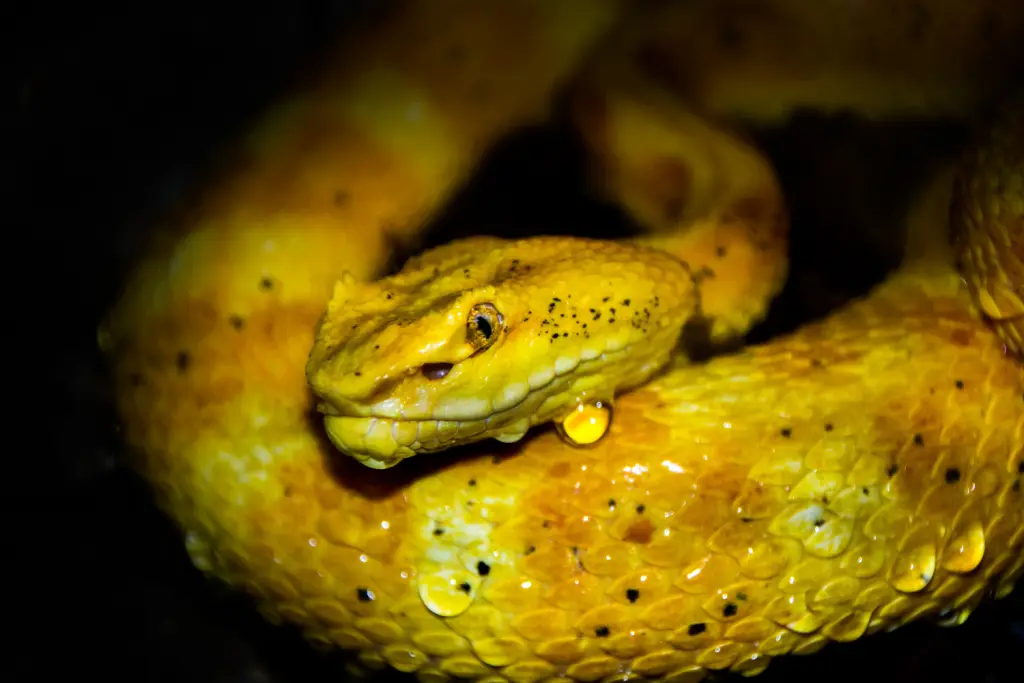
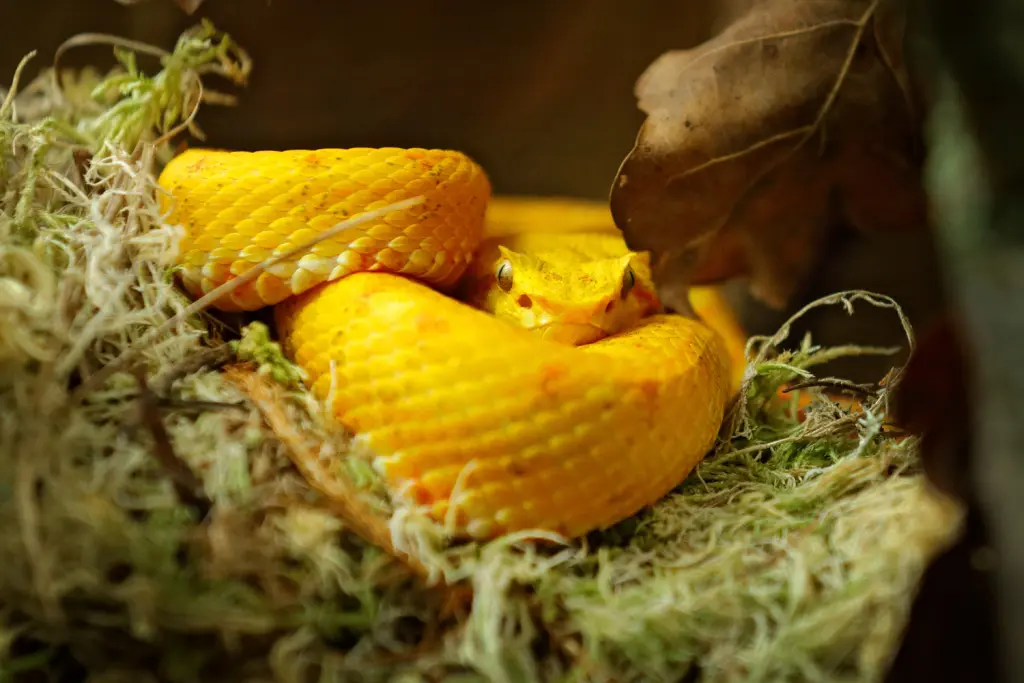
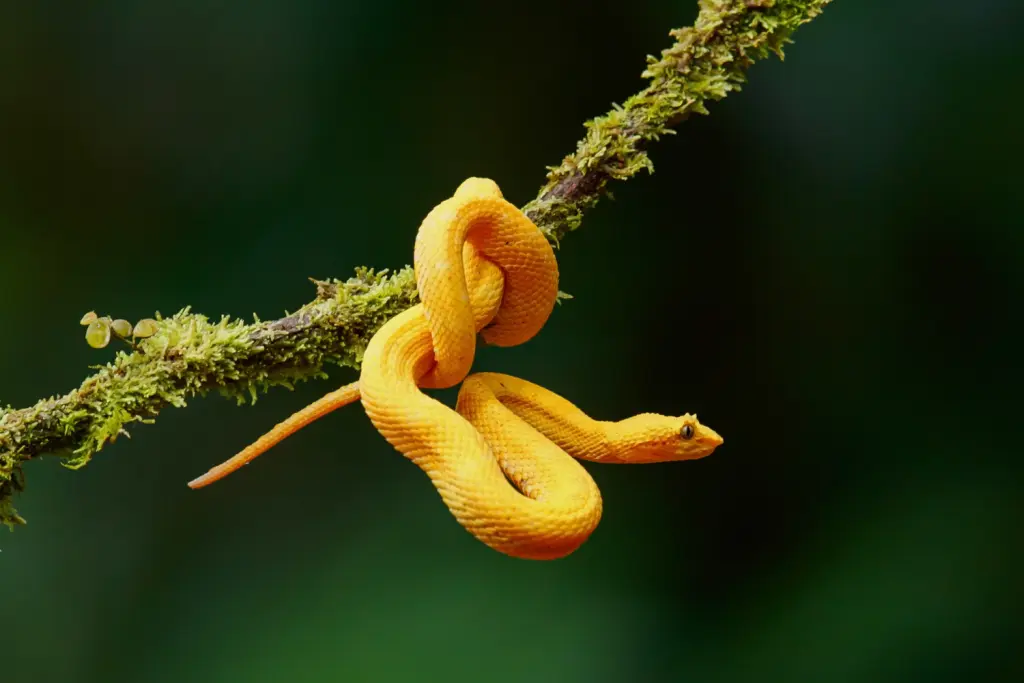
Appearance and Coloration
The Eyelash Viper’s most notable feature is its stunning coloration, which varies greatly between individuals and subspecies. It exhibits a remarkable range of hues, including vibrant yellows, striking greens, and bold reds. This kaleidoscope of colors serves multiple purposes, such as camouflage and communication. The eyelike patterns on the snake’s scales, which give it its name, create an illusion to confuse predators and potential threats.
Physical Adaptations
Apart from its eye-catching colors, the Eyelash Viper possesses several other physical adaptations that aid its survival in the rainforest ecosystem. One such adaptation is its prehensile tail, which allows the snake to grip branches and navigate its arboreal habitat with ease. This unique trait enables the Eyelash Viper to move gracefully among the dense foliage and remain hidden from both predators and prey.
Another remarkable characteristic is the heat-sensing pits located on its face, known as loreal pits. These pits enable the snake to detect and locate warm-blooded prey, such as birds and small mammals, even in complete darkness. This remarkable ability gives the Eyelash Viper a significant advantage in hunting and capturing its prey efficiently.
Behavior and Diet
The Eyelash Viper is primarily an ambush predator, relying on its cryptic coloration and patience to capture its meals. Perched patiently on tree branches or foliage, it strikes with lightning speed when an unsuspecting prey item comes within range. Its venom, though potent, is primarily used to immobilize prey rather than for self-defense. This snake’s diet consists mainly of small mammals, birds, lizards, and even frogs, showcasing its versatility as an opportunistic hunter.
Reproduction and Life Cycle
The reproductive behavior of the Eyelash Viper is an intriguing aspect of its life cycle. These snakes are ovoviviparous, meaning that they give birth to live young instead of laying eggs. After a gestation period of several months, the female Eyelash Viper gives birth to a brood of neonates, typically numbering between six and fifteen. The newborns are already fully formed and capable of fending for themselves, although they are miniature versions of their adult counterparts.
Ecological Importance
As with every species in the intricate web of life, the Eyelash Viper plays a vital role in its ecosystem. Despite its small size, it helps control populations of small mammals and birds, contributing to the delicate balance of the rainforest. Additionally, the snake’s existence provides an opportunity for scientific research and study, allowing researchers to gain valuable insights into its physiology, behavior, and adaptations.
Final Thought
The Eyelash Viper is a true marvel of nature, showcasing a vibrant palette of colors and fascinating adaptations. Its striking appearance and unique characteristics make it a captivating creature of the rainforest. Understanding the complexities of this species enhances our appreciation for the diversity and beauty found within our natural world. Whether it’s blending seamlessly into the foliage or capturing prey with remarkable precision, the Eyelash Viper’s presence reminds us of the wonders that lie within the depths of our planet’s rainforests.
